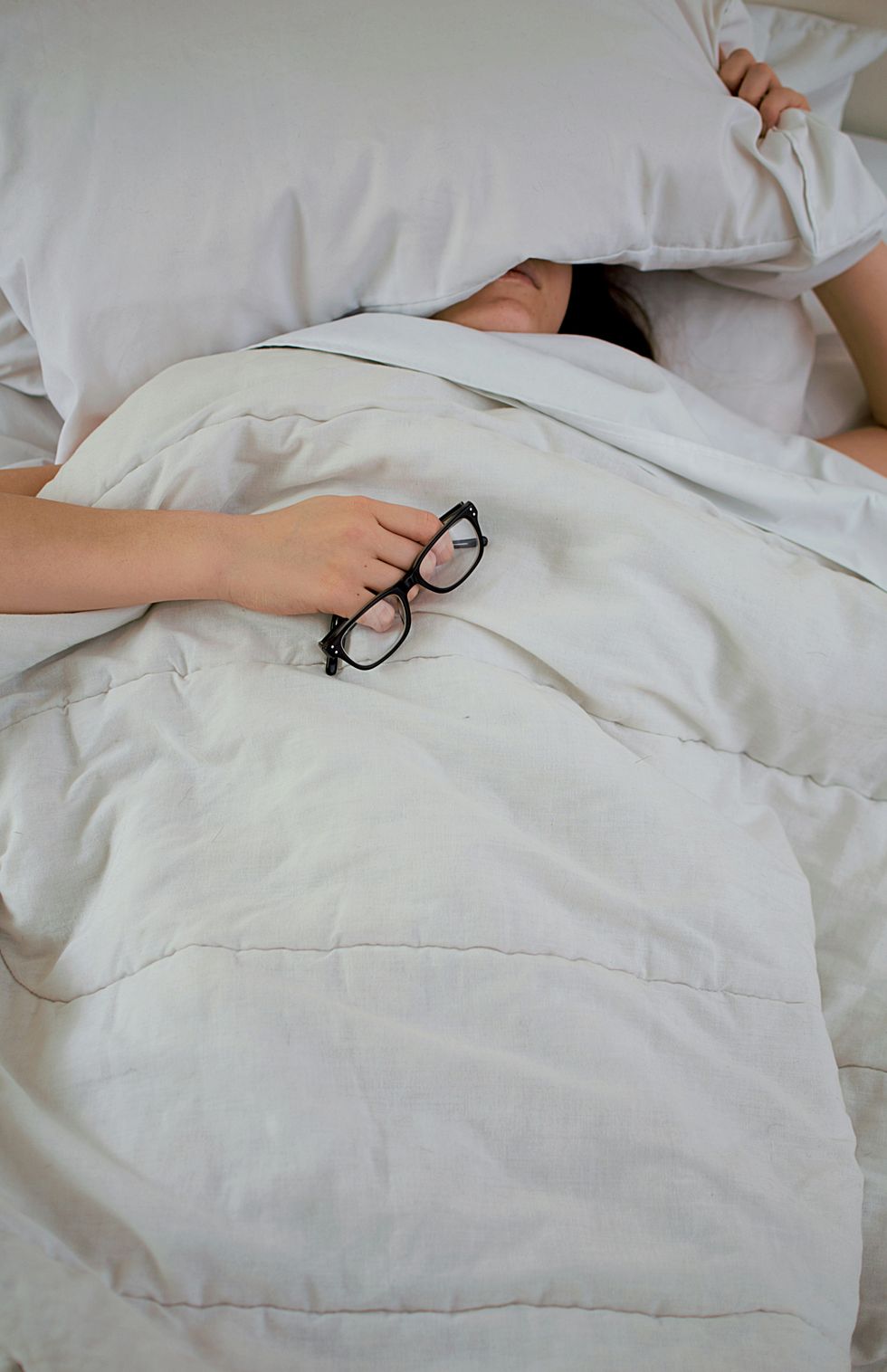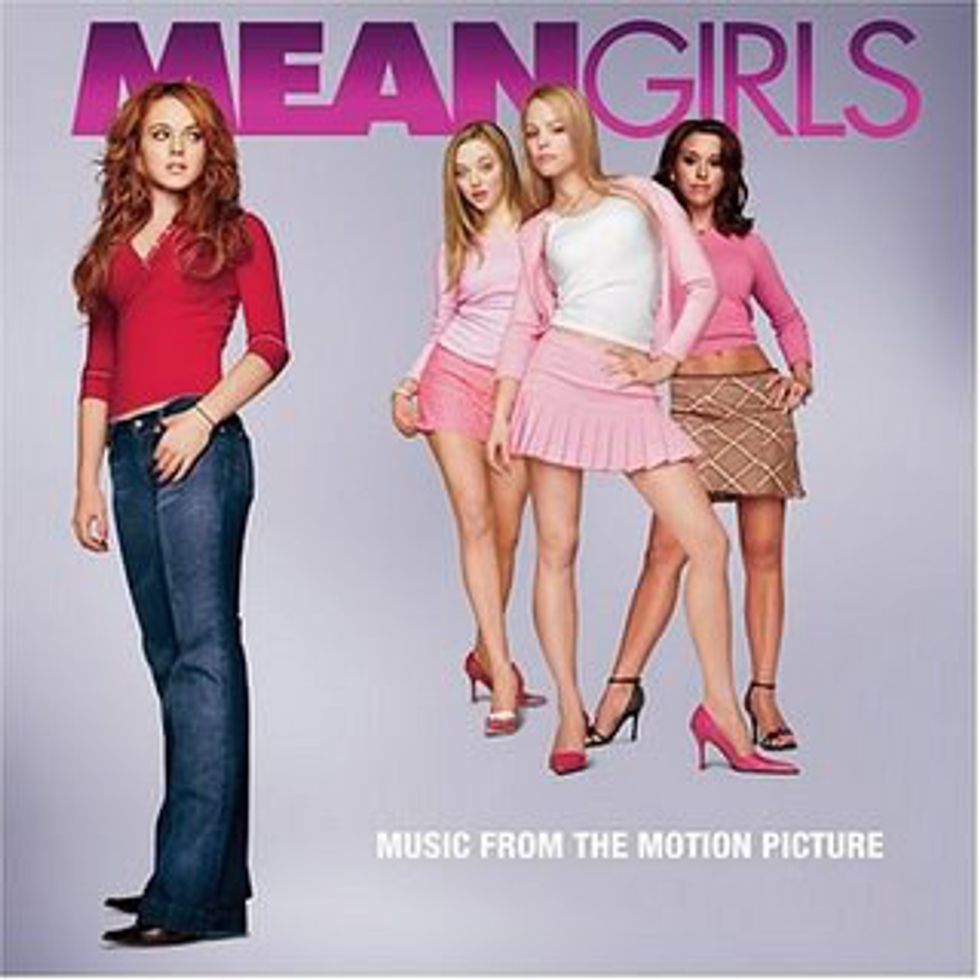There is sexism everywhere in our world today. It is in politics, movies, advertisements. However, with the newly filed lawsuit of the United States Women's Soccer Team, sexism in sports has been in the spotlight in regards to the pay gap. Unfortunately, pay gap is not the only way sexism in experienced in sports. There are numerous other ways sexism is seen in the sports world.
With the progressiveness of today, it would seem logical to assume that the coverage of women's sports has increased from when women first started participating in sports. It has not. Female sports get minimal television coverage, and it has only gotten worse in the past 25 years. According to a Huffington Post article written by Catherine Taibi, women's sports received 5% of sports coverage in 1989, but today only 3.2% of sports coverage is dedicated to women's sports. Also, out of all the stories covered on Sports Center in a day 376 of them were men's sports and only 13 segments were on women's sports.
When women's sports are covered, there is still bias. The perception of female athletes is based around aspects that male athletes seldom have to experience. In an article written about a study done regarding the coverage of the men's and women's final four championships, the researches exploit the sexism found within the coverage and treatment of women's sports. They found that male athletes are commented on in regard to their ability and talent, where as females are commented on about their personality and looks.
The actual comments made by commentators covering female sports are very sexist. In a documentary done by the Tucker Center at Minnesota University, a televised women's track meet is discussed. During one of the races, the commentators were talking about the runner in lane one stole the runner in lane two's boyfriend. The two girls were on track to breaking the world record, yet their personal lives were being discussed for the whole nation to know. If two males were in the same position, there is no chance that their personal lives would be discussed, all the focus would be on their performance.
The pay gap between the two genders is something that cannot be ignored. As stated earlier, the U.S. Women's Soccer Team filed a lawsuit against United States Soccer regarding their unequal pay compared to the Men's National Team. The difference between the pay of the two teams is unfathomable, and is highlighted in Ty Duffy's article. The USWNT only gets paid $1,350 per player per game if they win against an opponent in the top 10; the men's team get paid nearly $18,000 for a win and at least $5,000 for a loss. If a player makes the World Cup roster on the women's team, they get at $15,000 bonus. The men receive an almost $70,000 bonus. The most disgraceful differential in pay wage comes in regard to performance int the World Cup. The USWNT gets second place, each player would receive $32,500. The men's team, however, would receive a 6.25 million dollar reward that is put into a pool. If this money were split evenly between each player on the roster, they would walk away with nearly $300,000. Given the accomplishments and success of the women's team, this is unacceptable.
The Women's Soccer Team is not the only women's team experiencing this unfair pay gap. According to Michele Steele, during the 2012 NBA season (there was a lockout so it was a shortened season), the Atlanta Hawk's Joe Johnson was getting paid $215,00 a GAME. The most a player in the WNBA could make is $105,00 a SEASON.
Sexism is seen everywhere in culture today, and is especially seen in sports. This problem cannot be fixed overnight, but there are small steps that can be taken to help improve this issue. It is time for a change.





 Photo by
Photo by  Photo by
Photo by  Photo by
Photo by 



















